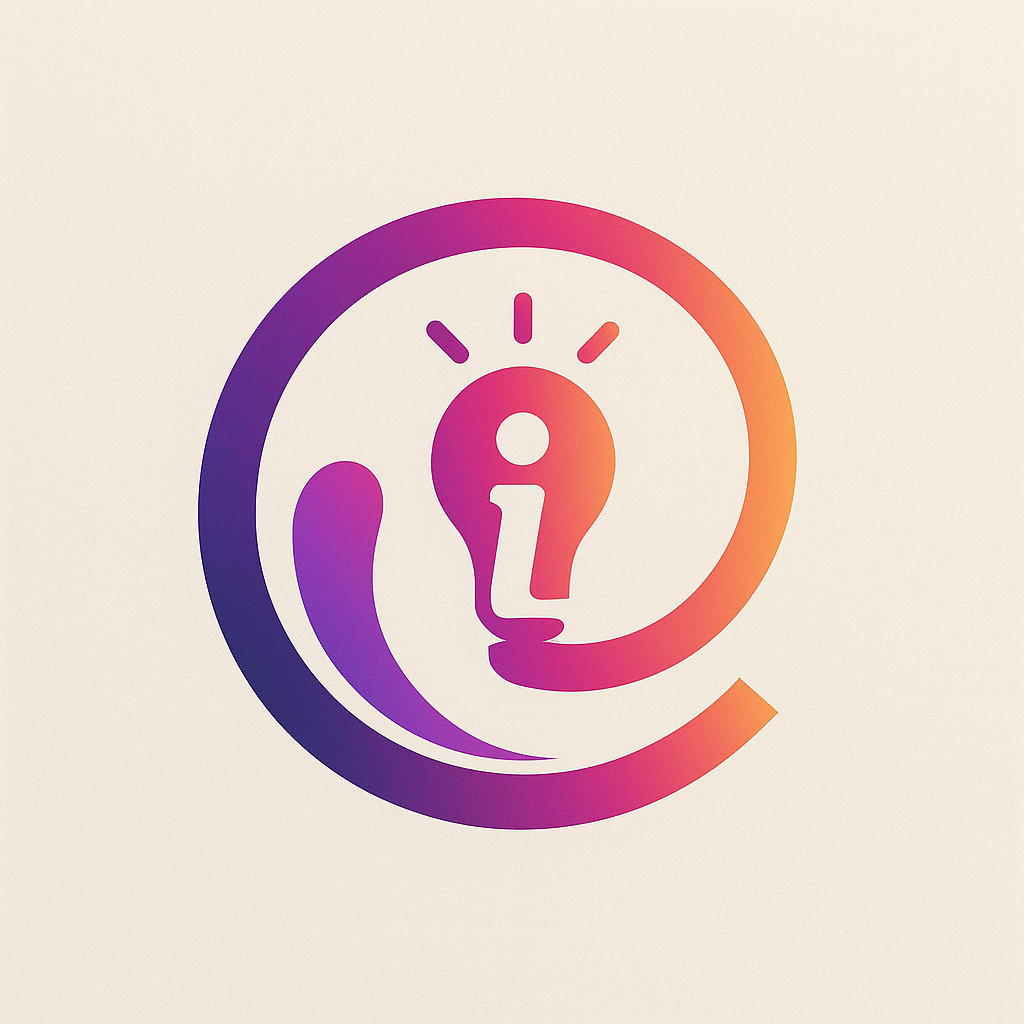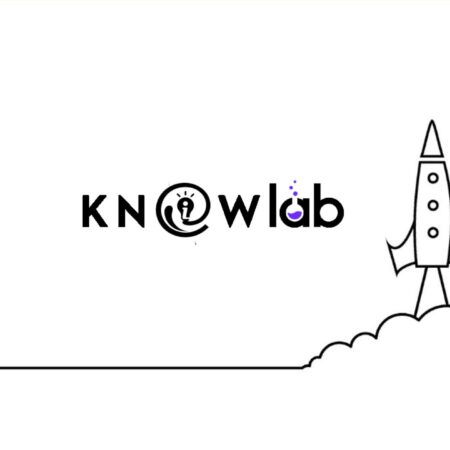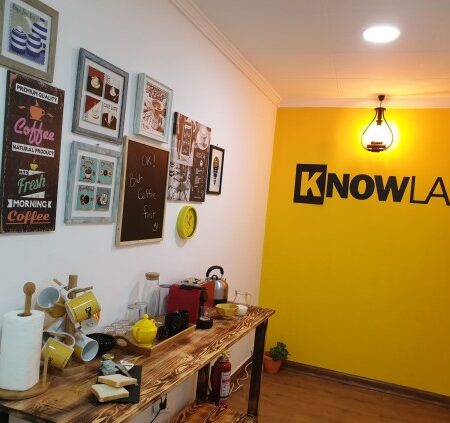 From our childhood, books become an inseparable part of our lives. We all live out the journey from the alphabet books with colourful pictures of Apple Ball and Cat to books on History, Science, Maths and beyond. Books become our companion at every step, helping us learn, grow, and excel. Fiction gives us a temporary escape from our own lives and takes us to an astonishing world full of wonders. It lets us meet new people, roam to different places, and live a different life, even if it is an imaginary one. Its power to take our imagination far away by keeping us spellbound works just like magic. On the other hand, non-fiction helps us see a life or situation already lived in a new light. But, what makes book, a book? How did books take the form in which we recognise them today? Here is the evolution of books, from the beginning, from page to page.
From our childhood, books become an inseparable part of our lives. We all live out the journey from the alphabet books with colourful pictures of Apple Ball and Cat to books on History, Science, Maths and beyond. Books become our companion at every step, helping us learn, grow, and excel. Fiction gives us a temporary escape from our own lives and takes us to an astonishing world full of wonders. It lets us meet new people, roam to different places, and live a different life, even if it is an imaginary one. Its power to take our imagination far away by keeping us spellbound works just like magic. On the other hand, non-fiction helps us see a life or situation already lived in a new light. But, what makes book, a book? How did books take the form in which we recognise them today? Here is the evolution of books, from the beginning, from page to page.
1) Clay Tablets

Long before the use of paper, a system had been invented to communicate in written form on portable material. The first attempt of writing words on movable objects is found to be made by Stimarians- an ancient group of people of Mesopotamia who lived there around 3500-3000 B.C. They invented the earliest known language writing system, Cuneiform. The Cuneiform system consisted of pictographs (pictorial symbol for a word) and phonograms (symbol representing vocal sounds) etched on clay tablets. They let the clay dry in sun or fired them in klins to make them last longer. Use of clay tablets to write text was around for 2000 years.
2) Papyrus Scrolls
 Papyrus Scrolls were made from the stem of the Papyrus plant by ancient Egyptians.
Papyrus Scrolls were made from the stem of the Papyrus plant by ancient Egyptians.
The center of the stem of the plant was used to cut into thin strips that were pasted together to form a paper-like flat surface.
Reeds or bird feathers were used to write on the scrolls. The earliest Papyrus Scroll date around 2400 B.C. Centuries later, the Greeks and Romans also adopted the technique. Several scrolls were glued together to form a kind of rolled book. The scrolls were about 10 to 40 meters long on average.
3) Codex
 Codex brought written manuscripts closer to modern books. It was difficult to open and read longer scrolls and they were also easily, breakable. In a codex, pages were bound together, one after another. The main advantage of codex over scrolls was that it could be at once opened to any point and was easy to handle. It also made it possible to write on both sides of a page. The pages were generally made of folded leaves or parchments bound together on one side. Parchments are the pages made from the skin of animals. Codex were also formed by binding blocks of wood coated in wax. The earliest surviving codex, date back to the 4th century, is greek biblical manuscript known as Codex Sinaiticus.
Codex brought written manuscripts closer to modern books. It was difficult to open and read longer scrolls and they were also easily, breakable. In a codex, pages were bound together, one after another. The main advantage of codex over scrolls was that it could be at once opened to any point and was easy to handle. It also made it possible to write on both sides of a page. The pages were generally made of folded leaves or parchments bound together on one side. Parchments are the pages made from the skin of animals. Codex were also formed by binding blocks of wood coated in wax. The earliest surviving codex, date back to the 4th century, is greek biblical manuscript known as Codex Sinaiticus.
4) Paper and Illustrations


Paper is believed to be have been invented in China in 105 A.D. The credit of invention of paper goes to an official of Ihc then Chinese imperial court of Eastern Han, Cai Lun. He used tree bark, rags hemp, and old fish nets to make the paper. Soon paper started being used in China and also spread all across the world. Between 400-600 A.D., illustrated handwritten manuscripts were first witnessed. Generally, old and silver decorations were used to ornament the cover for it to illuminate.
5) First Printed Book
Block printing is also believed to have originated in China. Letters of Chinese alphabets were carved in mirror-writing on large wooden blocks. After Ihc carving was finished, ink would be applied to the entire block. Then a large paper was pressed against the block.

The technique was more like today’s stamp, just that the whole book was used as a stamp. However, the technique was originally used as early as 220A.D., but at that time printing was done on cloth. The oldest extant of a printed book is Buddhist text, Diamond Sutra dated back to 868A.D.
6) Movable Type

Movable type is a method of printing that uses movable components to type on a paper. Bi Sheng of China invented movable type around 990-1051 A.D. He started the system of carving a single letter on small piece of clay or wood. Instead of carving the whole book on a single block. This method proved to be more efficient as blocks could be rearranged and reused again and again. However, wooden movable type still had some major problems, one among them was the uneven texture of the surface of wood due to soaking of ink. In Korea, first metal movable type was created around 1230 A.D. Jikji is considered as the first movable metal print book which came to existence in 1377 A.D.
7) Gutenberg’s Mechanical Movable Type

German goldsmith, Johannes Gutenberg, brought about a revolution to the world of printing, and subsequently, writing. In 1440s, he started experimenting with movable types and also convinced some investors to invest in his project. He developed a metal movable type system of casting letters with screw press and hand mould. Gutenberg’s machine was semimechanic, but it proved to be very efficient. It is considered as one of the most important inventions of all time.
The Gutenberg Bible was the first complete book printed in Gutenberg’s new movable type printing press in 1455. It is believed that 180 copies of The Gutenberg Bible were created – 45 were printed on vellum (fine parchment) and 135 on paper. Among these, only 21 exist in their complete form today.
8) The Printing Revolution

The printing business did not remain a monopoly for long. Gutenberg’s invention led to a revolution in printing activities all over Europe. By the late 15th century, more than 20 million books were published in more than 200 countries in Europe. The printing press revolution was not limited to books, but it created newspapers, magazines, and other such media. Eventually, in the 1490s, the printing revolution crossed Europe and reached other continents as well.
9) Digitisation and Digitalisation
 With the invention of the computer, microprocessor, and the internet, books have seen a major digital transformation. E-books (Electronic Books) have become a common phenomenon in the 21st century. In 2007, Amazon released its first e-book reader, Kindle. Scanning and uploading of books today is a common practice.
With the invention of the computer, microprocessor, and the internet, books have seen a major digital transformation. E-books (Electronic Books) have become a common phenomenon in the 21st century. In 2007, Amazon released its first e-book reader, Kindle. Scanning and uploading of books today is a common practice.
But nothing changes the fact that, any form the book may be in – physical books, e-books or audiobooks – nothing can replace the joy of ‘reading’ a book.





